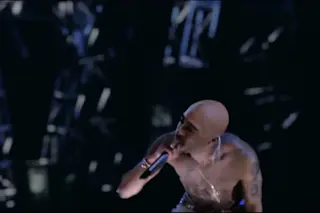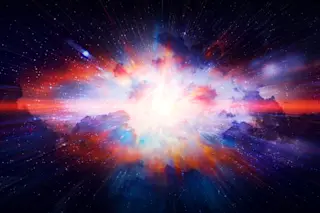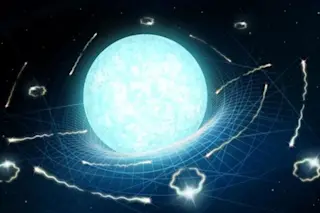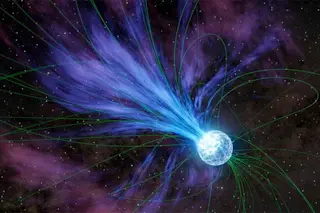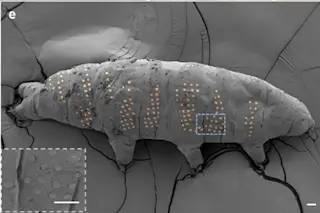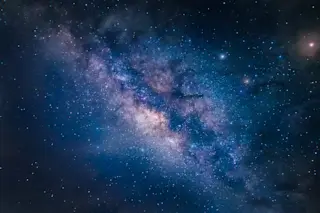Tupac's hologram performs at Coachella 2012 (Credit: evsmitty/Flickr) There’s little doubt that if Jimi Hendrix, Janis Joplin or Jim Morrison headlined a concert today, it would be the hottest ticket in town. It could happen tomorrow. Entertainment companies are spending big bucks to fit venues with holographic technology capable of resurrecting beloved musicians, comedians and even Jesus Christ. For all the futuristic glitz holograms exude, today’s notable holographic performances are still based on a 19th century parlor trick. However, there are researchers around the world working to bring holographic technology into the 21st century.
John Henry Pepper was a British scientist and inventor who’s best known for making a “ghost” appear on stage during an 1862 demonstration at the Polytechnic Institute in London. Pepper fitted an angled pane of glass on stage to reflect a brightly lit actor hiding beneath the stage. The actor’s reflection was refracted through the angled ...


